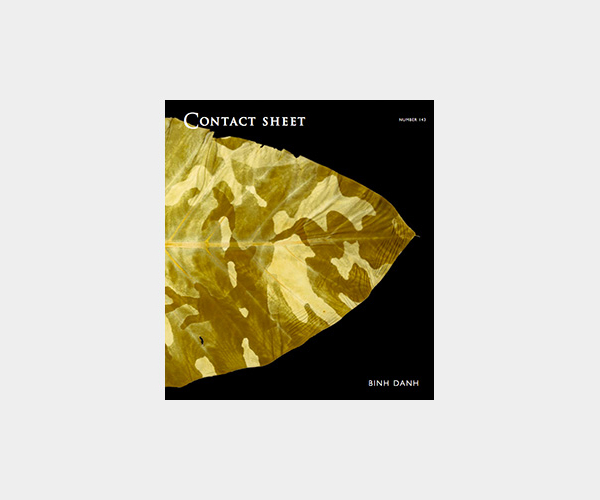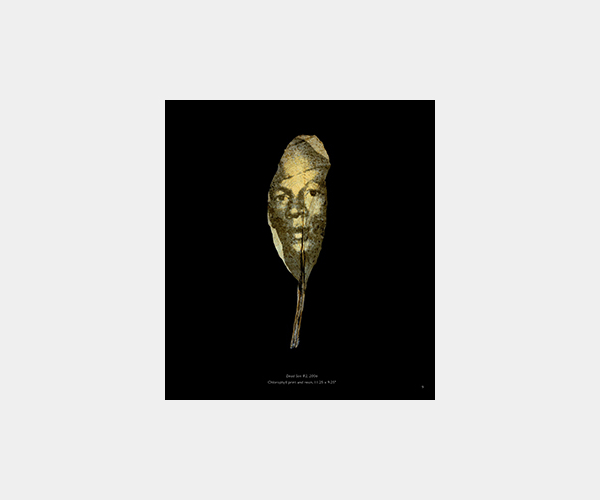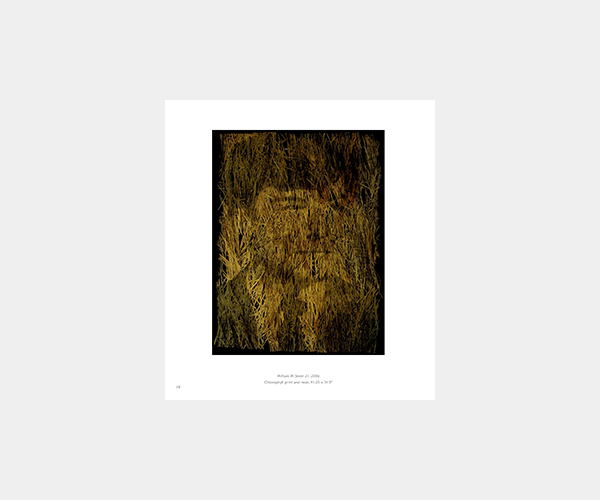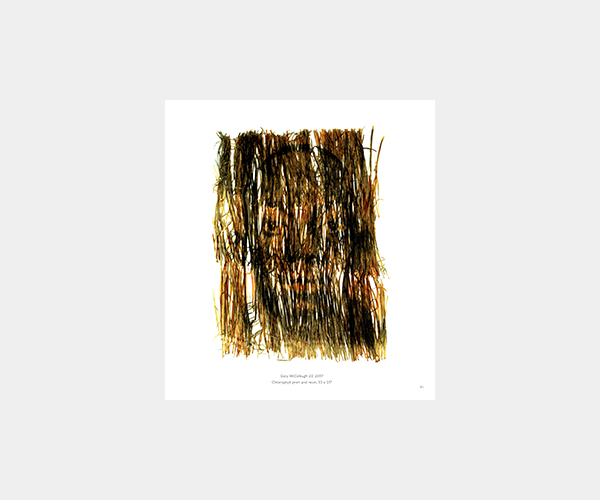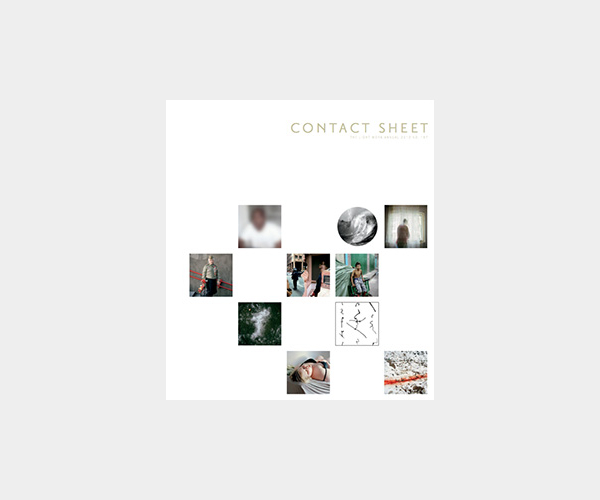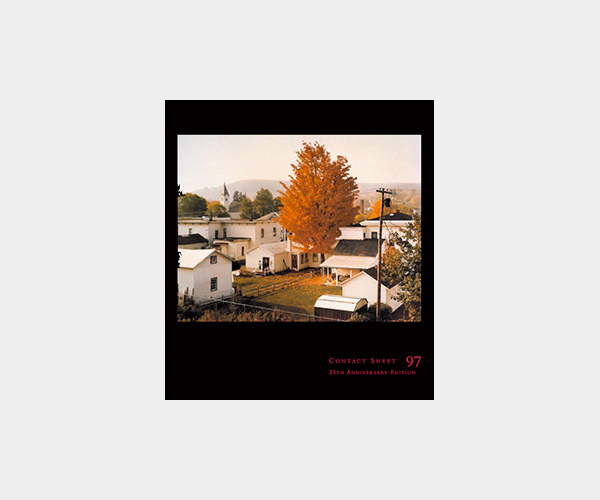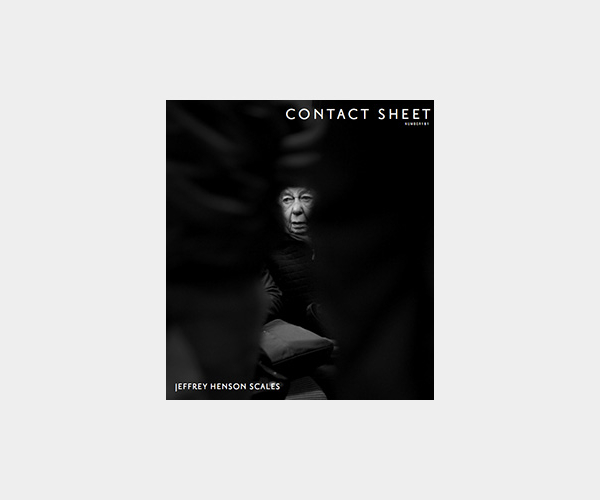Description
This catalogue features the work of photographer Binh Danh. Regardless of generation, cultural background, or level of direct involvement, we cannot escape being touched by the faces in Binh Danh’s series, titled One Week’s Dead. Danh collects photographs and other remnants of the Vietnam War and re-processes them in a way that brings new light to a history marked by painful memories. A main source of the images is the 1969 Life magazine article, Faces of the American Dead: One Week’s Dead. Portraits of two hundred forty-two young American men, casualties in one week of the war, were presented in a yearbook-style layout, triggering a powerful public response: “the entire nation mourned those soldiers…you saw those faces, that’s what brought it home to everyone.”*1 Danh uses photosynthesis to incorporate these portraits in the cells of leaves and grasses, symbolic of the jungle itself bearing witness to scars of war that remain in the landscape.
Danh is reconstructing histories that occurred before he was born, but have undoubtedly affected him. He was less than two years of age when his parents and siblings escaped their home in Vietnam to establish a new home in the United States. Rather than being caught in the pain of the past, he has transformed the experience into one that takes no sides, reminding us that wars may end, but they are never over. Nearly forty years later we are like the readers of Life magazine in 1969–held captive by Danh’s resurrection of the young men’s faces. Viewing Danh’s fragile and sometimes faint forms rendered by sunlight onto leaves and grass, we are made aware of the permanence of even one human life lost.
This catalogue includes an essay by Laura A. Guth.
*1. Barbara Baker Burrows, “Photography Transformed, 1960-1999,” from American Photography: A Century of Images, PBS, 1999.
—
Binh Danh was born in a fishing town in southern Vietnam in 1977, two years after the close of the war. In 1979, he and his family escaped the country by boat and were placed in a refugee camp in Malaysia. Eventually, the Danh family emigrated to the US and settled in San Jose, CA. Danh was raised in a traditional Vietnamese household, where many of the family’s Buddhist rituals were focused on the worship of ancestors, thus meditating on death and its influence on the living. The themes of mortality, memory, and spirituality have been a lifelong inspiration for Danh, and a primary influence on his artistic development.
As a college student, Danh’s interest in science and varying photographic techniques led him to invent a unique process for transferring photographic images onto the surfaces of leaves via photosynthesis, yielding what he termed “chlorophyll prints.” According to Danh’s artist statement, “In my work, art is used as a vessel to embark on a journey of exploration, discovery, and education. The histories I search for are the hidden stories embedded in the landscape.”
Danh received his BFA from San Jose State University and his MFA at Stanford University. His work has been exhibited in museums and galleries internationally, including the George Eastman House in Rochester, the Asia Society Museum in New York City, the University of Hawaii Art Museum in Honolulu, and at Haines Gallery in San Francisco. He lives and works in San Jose, CA. He participated in Light Work’s Artist-in-Residence program in 2006.

